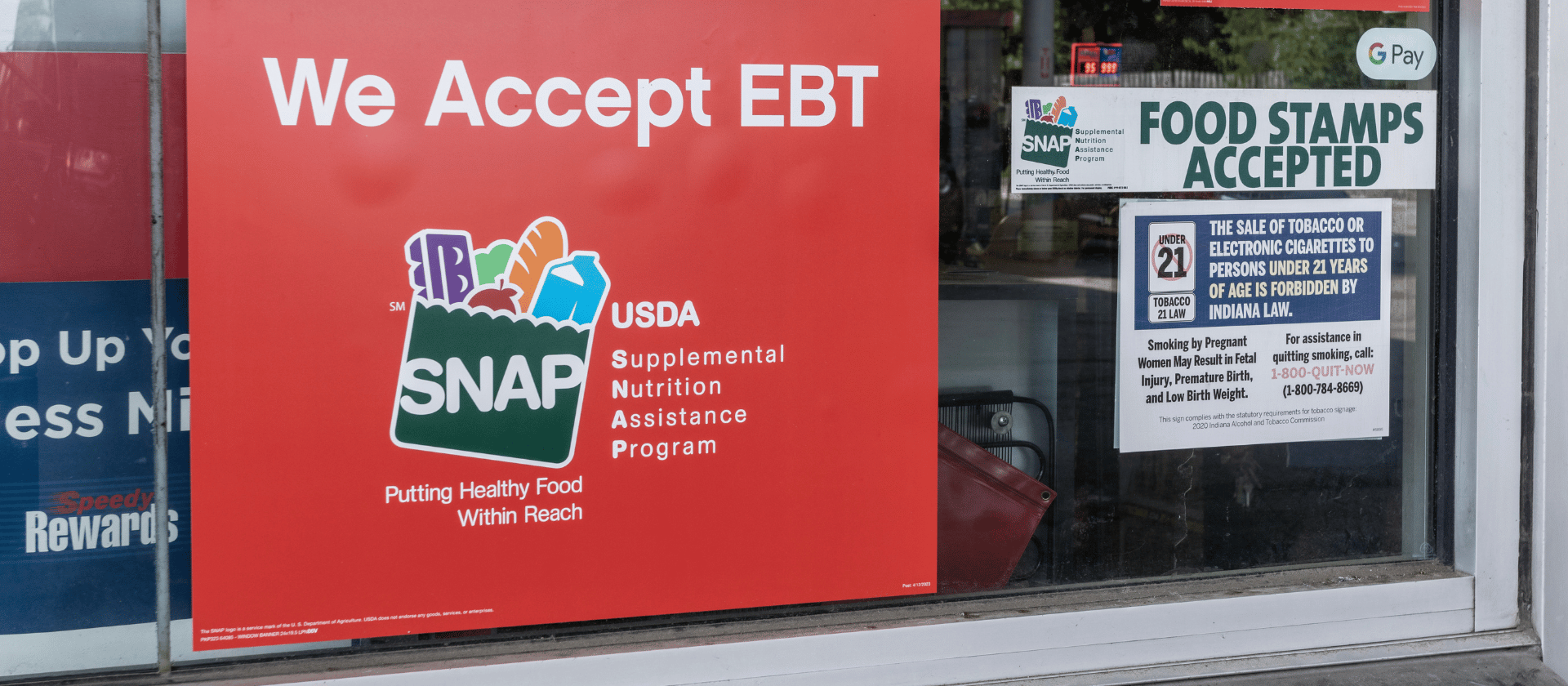[This commentary was first published in The Statesman Journal.]
In the most recent tally, more than 1,000 students in Salem-Keizer Public Schools were homeless — an indication of the devastating toll the housing crisis is taking on families locally and across the state. Although there is no silver bullet to the housing crisis, there is one policy that could quickly ease some of the worst aspects of the housing crisis: a statewide rent assistance program.
The housing crisis is, in part, the result of the fact that some families simply don’t have enough income to cover the rent. Those straining the most are low-income renters. In 2016, about half of all renter households in Oregon spent more than 30 percent of their income on housing, meeting the federal definition of being “cost-burdened.” Nearly one in four renter households spent more than half of their income on housing.
When housing costs take up so much income, it leaves families in a precarious condition. Families in this situation often look to save money by skipping meals and visits to the doctor, or by foregoing other essentials. Missing a rent payment can lead to eviction and even homelessness.
A direct way to address the struggles of such families is through rent assistance. The term refers to any program that subsidizes the rent for as long as an individual is eligible.
A common type of rent assistance, one with a long track record, is tenant-based housing vouchers. Typically, vouchers target low-income folks. Those who get a voucher are responsible for finding a place to rent that meets certain standards for cost, health, and safety. Once they find a suitable place, the tenant pays a set percentage of their income to help cover the rent. The voucher pays the rest.
If what you want is to prevent homelessness and eviction, then housing vouchers are an effective strategy. Research shows that rent assistance keeps families housed. But that’s not all. Families helped by housing vouchers tend to have lower poverty and hunger rates, and better mental and physical health. Their children are also more likely to thrive, as they tend to stay in school longer and earn more as adults.
Another advantage of rent assistance — especially in the context of a housing crisis — is that it can work quickly. While expanding the supply of housing is a vital aspect of addressing the housing crisis, it takes time to construct new housing. And even when units are built, many remain unaffordable for low-income families in the absence of a rent subsidy. With a rent assistance program, housing suddenly becomes affordable for families when it previously wasn’t.
But, some may ask, don’t we already have housing vouchers?
Yes, some federal, state, and local rent assistance programs already exist. The problem is that they fail to meet the existing need. Last year, federal rent assistance programs helped 51,000 Oregon households. Meanwhile, 290,000 Oregon households met the federal definition of being “cost-burdened.”
As the housing crisis continues to upend the lives of so many of our neighbors in urban and rural communities alike, Oregon needs to step in.
Rent assistance is a proven strategy to make housing affordable, one that works quickly. It’s time for Oregon to establish a statewide rent assistance program.





